What is an annual plant? Many of our most familiar and favourite flowers are annuals – such as cosmos, zinnia, nigella, sweetpeas. An annual is a plant that completes its lifecycle within a year. It is sown from seed, germinates, grows, flowers and then dies – without growing back the next year. Annuals are divided into hardy and half-hardy.
Below you'll find our guide to annual plants and flowers, along with a list of some of the best annual plants to grow, picked by experts.
Jump to
- What is a hardy annual?
- What are half hardy annuals?
- What's the difference between an annual and a biennial?
- Why grow annual plants?
- How to get the best out of your annual plants
- The best annual plants to grow
What are annual flowers?
What is a hardy annual?
These are flowers that can cope with cooler spring temperatures and frosty conditions. Sown outside in early spring (or in the previous autumn), they will flower by mid summer and many will carry on flowering until the first frosts of autumn.
Examples include: poppies, nigella, orlaya, calendula, sunflower
Often noted as HA in seed catalogues.
What are half hardy annuals?
These don’t cope with the cold and wet of winter and won’t survive frost. Sow these seeds indoors or undercover where they can be protected and given a good start before planting out when risk of frost is passed. These should flower by mid summer. Alternatively, you can sow half hardy annuals later in spring direct in the ground but you’ll then expect these to flower later. Like hardy annuals, these should flower well into early autumn before being killed off by the first frosts.
Examples include: cosmos, nasturtiums, zinnias, cleome, nicotiana, dahlia
Often noted as HHA in seed catalogues.

What's the difference between an annual and a biennial?
Biennials are plants that grow, set root and produce foliage in their first year, and then go on to flower, set seed and die in their second year. Biennials are usually sown in summer, placed into their flowering position in autumn and will then grow on to flower the following year.
Examples include: foxgloves, Verbascum and wallflowers.
Why grow annual plants?
• Cost effective – seeds are cheap and you can grow lots of plants from one packet
• Versatile – annuals and biennials can be grown in a variety of ways – in border, containers, in cutting beds, etc.
• Filling gaps – annuals are ideal for filling in the gaps and linking the planting between shrubs or perennials and bringing eye-catching splashes of colour within more permanent plantings.
• Trying something new – annual seed sowing is a great way of extending your plant palette. For the price of packet of seeds, you can try a range of plants and cultivars. You might find new favourite and surprising combinations.
• A whole garden – if you are new to your garden and haven’t yet had time to make big decisions – or perhaps you are renting so don’t want to invest in anything too permanent, you can sow a whole garden from annuals for maximum impact.
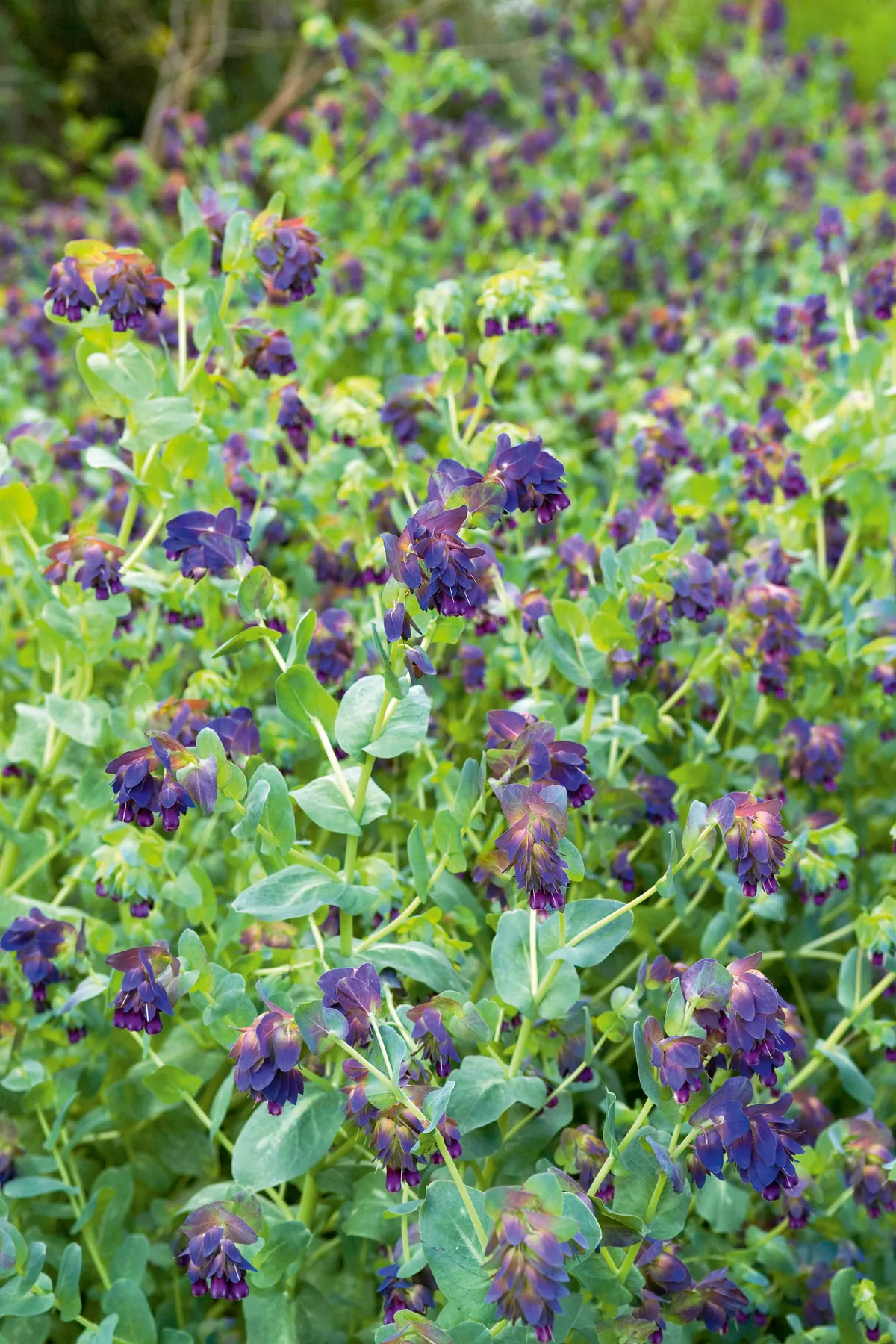
How to get the best out of your annual plants
Annuals may only have one year in flower but there are plenty of ways to maximise their worth:
• Deadheading will prolong the production of flowers an keep the show going for months.
• Seed collecting – even if you deadhead most of the spent flowers it is worth leaving a few flowerheads to go to seed. You can then collect the seed and keep ready to sow the following year.
• Self seeding – many annuals are known for their tendency to set lots of seed meaning you can potentially have lots of new plants that germinate where they fall to create new plants. Keep an eye out and simply weed out the ones you don’t want, or move them to a different spot in the garden, or simply leave and enjoy the randomness of nature. Or pot up spares and pass them on to your friends and neighbours.
Find out more on how to sow your seed
The best annual plants to grow
Philippa Hodkinson gardens in England's most northerly county, Northumberland. Here she picks her favourite annuals that grow successfully in her windswept garden.
Amberboa moschata
A tall-stemmed plant with purple-violet flowers, rather like a delicate thistle-head. It’s an easily grown, scented annual that makes an excellent cut flower. Best sown en masse to create a dramatic effect. H75cm.
Ammi visnaga
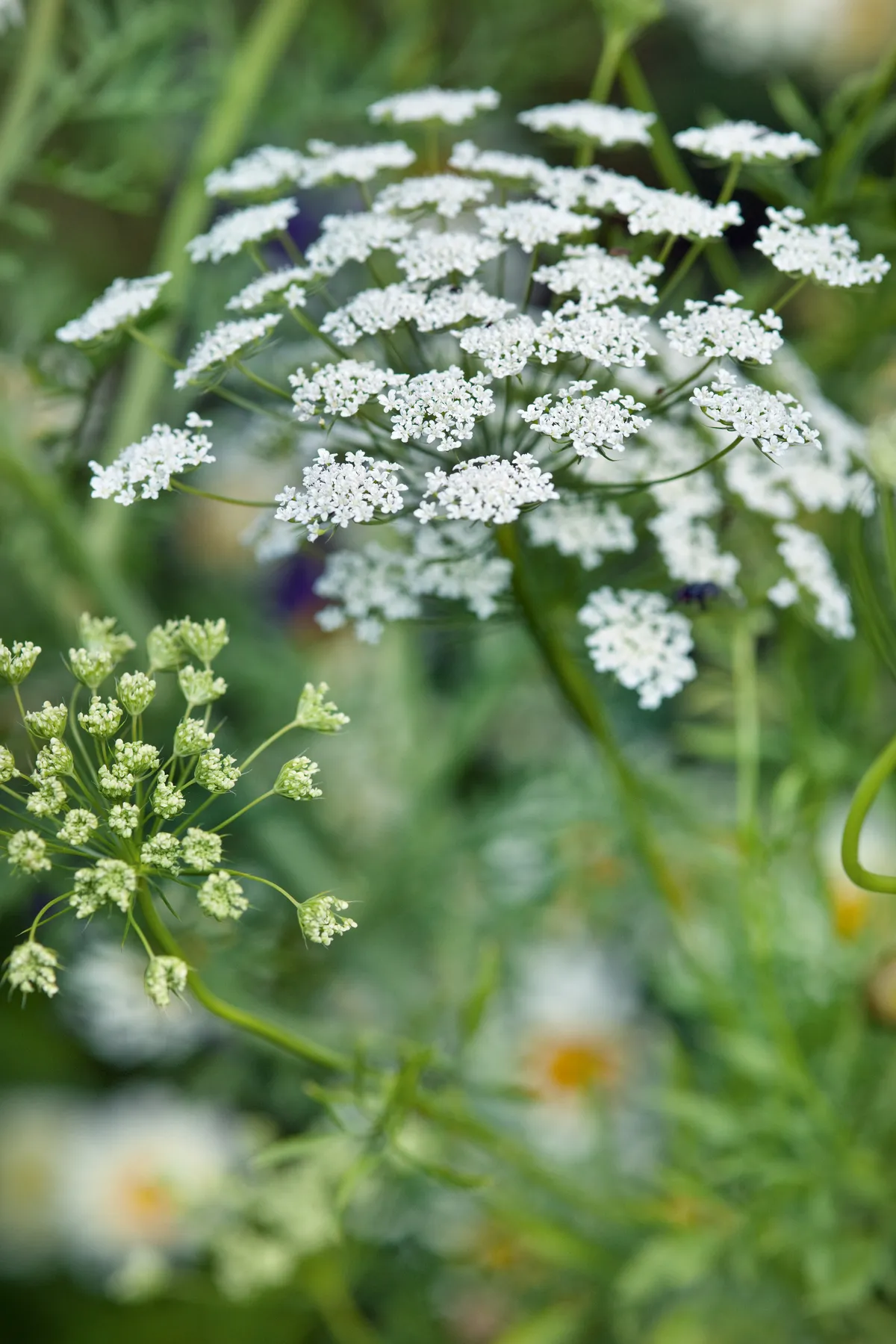
Don’t be put off by its common name of bishop’s weed. This voguish plant is like a super-charged cow parsley, but with much bigger, more dramatic flowers. It’s nectar-rich so attracts butterflies and bees too. H1.2m.
Anethum graveolens

Better known as dill, this superb annual with lime-green foliage and yellow, umbel flowers looks good with virtually any other plant. It grows easily, self-seeds readily, and you can use the aniseed-flavoured leaves in cooking. H90cm.
Catananche caerulea
Sometimes called cupid’s dart, this short-lived perennial is treated like an annual in Philippa’s northern garden. The flowers resemble a pretty, lilac-blue cornflower, which means it is a favourite of flower arrangers. Has little in the way of foliage, so plant in drifts for maximum effect. H75cm.
Calendula officinalis ‘Orange King’
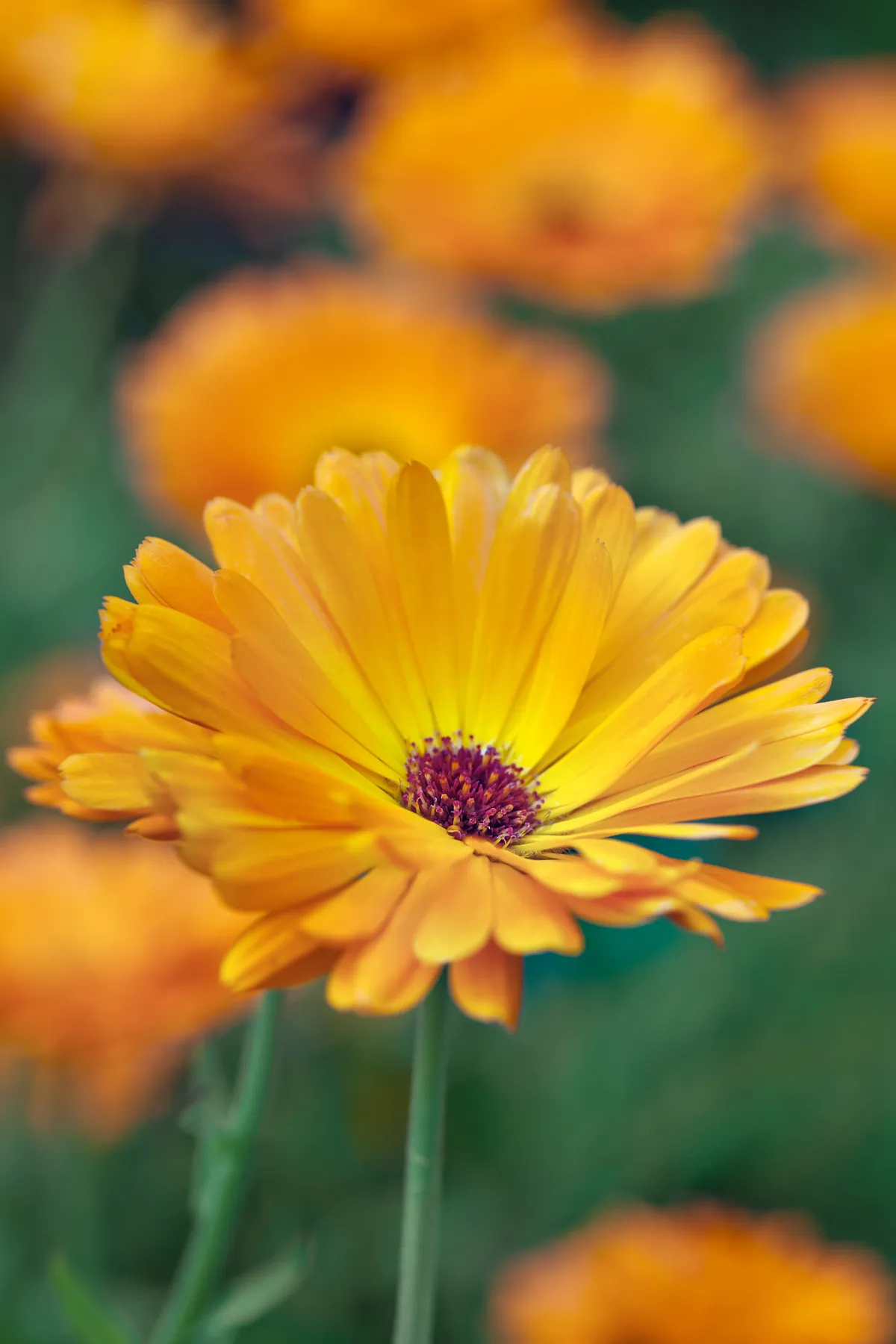
Bright-orange, double flower, which was a favourite of Gertrude Jekyll who used it in large drifts in the garden on Lindisfarne. Simple to grow, it self-seeds gently and keeps on producing flowers if it is regularly deadheaded. H45cm.
Centaurea cyanus ‘Black Ball’

A dark, almost-black cornflower and a stunner, but best grown in drifts and supported with wire as it has a tendency to flop. The flowers are a bee magnet and last well out of water, making it good for decorating puddings and salads. H75cm.
Bupleurum rotundifolium
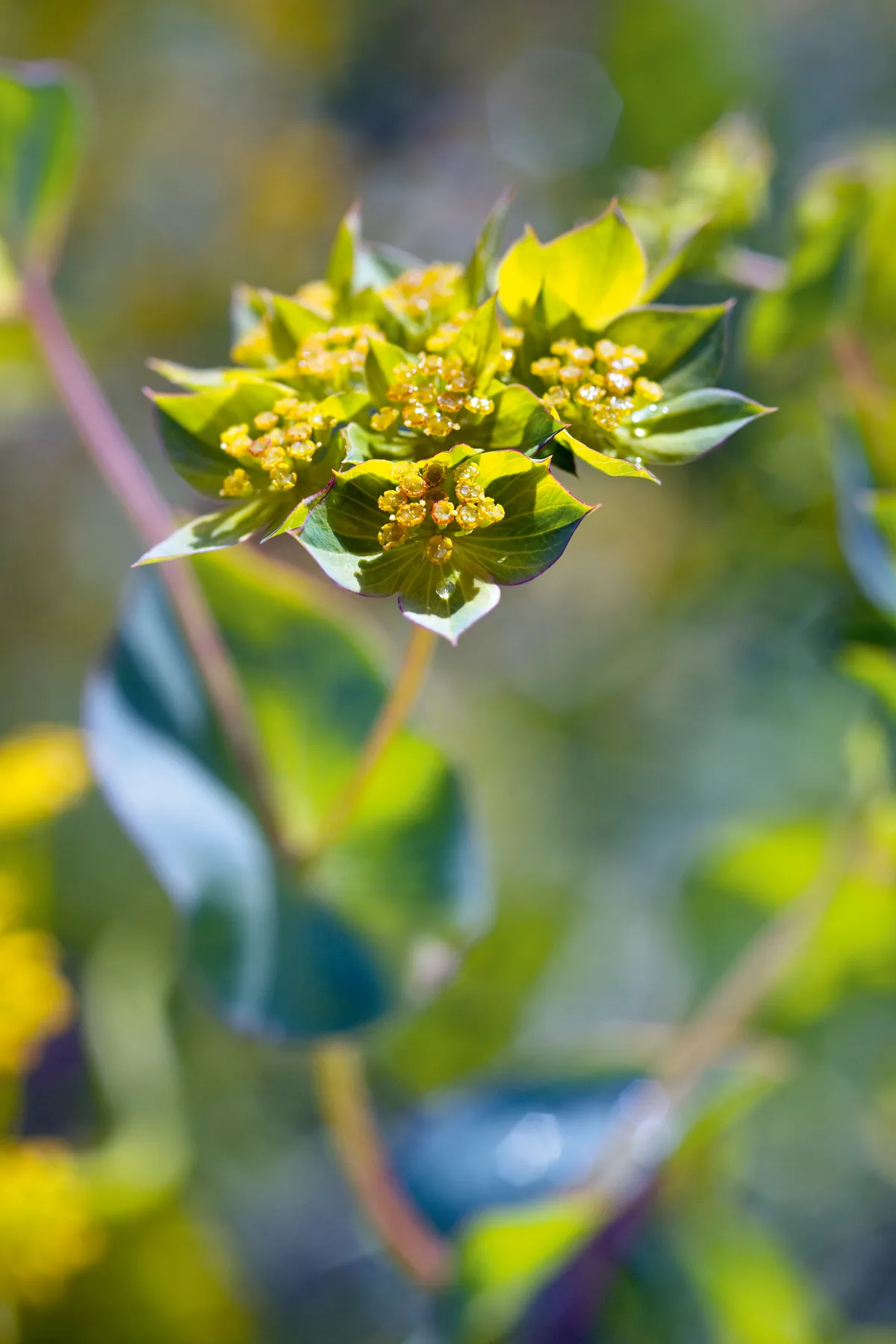
An elegant plant with bright-green flowers. It’s excellent for flower arranging as it combines well with most colours, and has a long vase life – although you need to put it in water as soon as it’s cut, otherwise it can wilt. H60-90cm. USDA 4a-9b.
Cerinthe major ‘Purpurascens’

Although it looks quite exotic, with its glaucous blue-green foliage and droplets of dark-purple flowers, this honeywort is a truly tough character, and given dry soil and lots of sun will flower its head off for months. Flower arrangers and bees love it. H45-60cm.
Chrysanthemum carinatum ‘Polar Star’
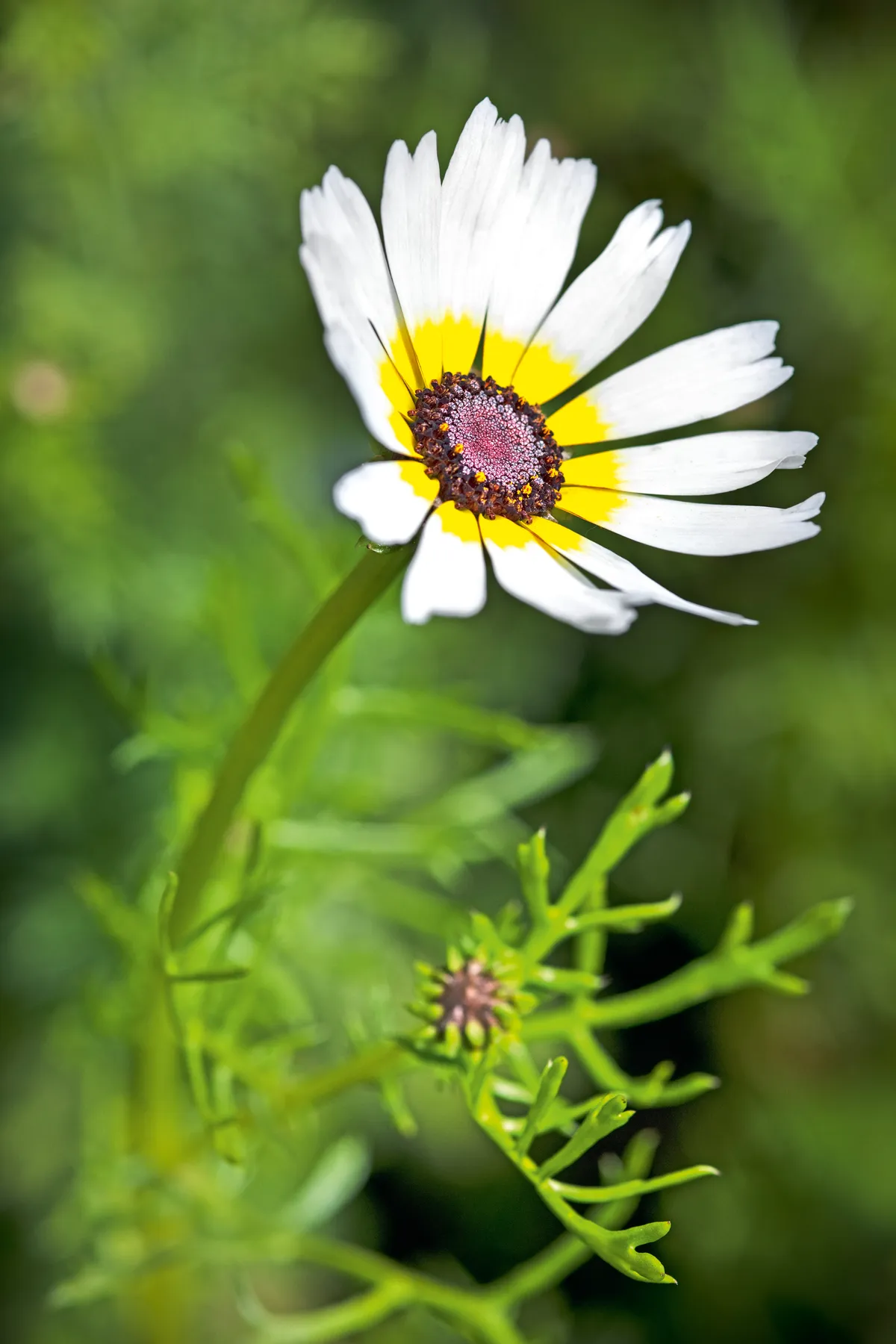
A showy, tri-coloured flower that resembles a child’s drawing of a flower. Its white petals have a yellow inner halo surrounding a dark-brown centre. It also has good lacy foliage and makes a long-lasting cut flower.H75cm.
Chrysanthemum coronarium ‘Primrose Gem’
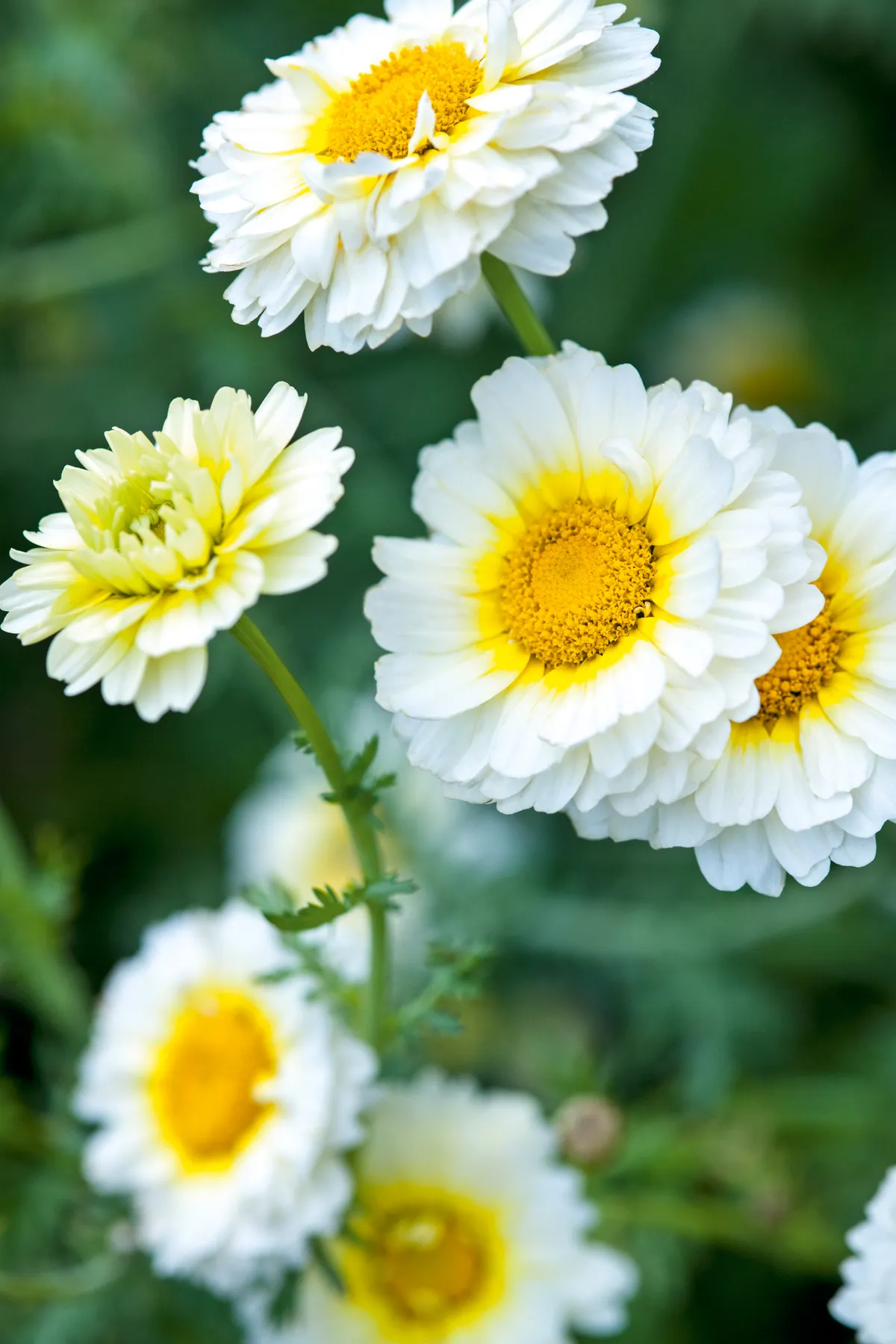
This cheery, old-fashioned annual creates a neat dome of foliage bursting with buttons of primrose-yellow flowers with a golden centre. Another favourite of Gertrude Jekyll that she planted extensively on Lindisfarne and one that Philippa wouldn’t be without. H30-45cm.
Crepis rubra ‘Snow White’
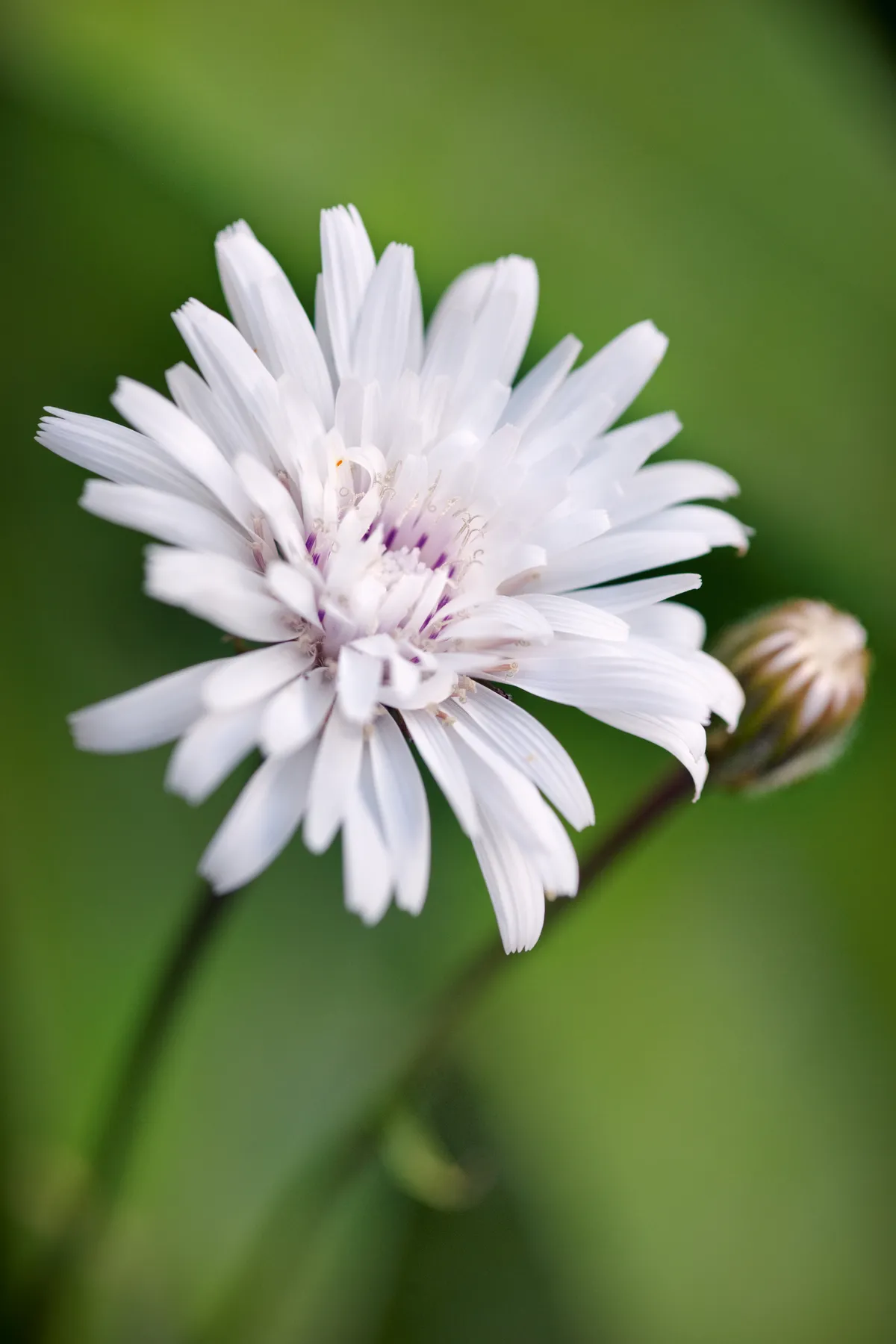
This pinkish-white flower, a cross between a daisy and a dandelion, does best in full sun where it will bloom for months. Good for containers too as it likes being kept on the dry side.H60cm.
Centaurea cyanus
Cornflowers used to be common throughout British hay meadows, but now they’re found mainly in gardens and urban meadow schemes. Easy to grow, it can work perfectly mid border, and is a perfect cut flower.Deadhead throughout the summer and it blooms itself to exhaustion. A great pollinator too. H75cm. RHS H7.
Lathyrus odoratus ‘Black Knight’
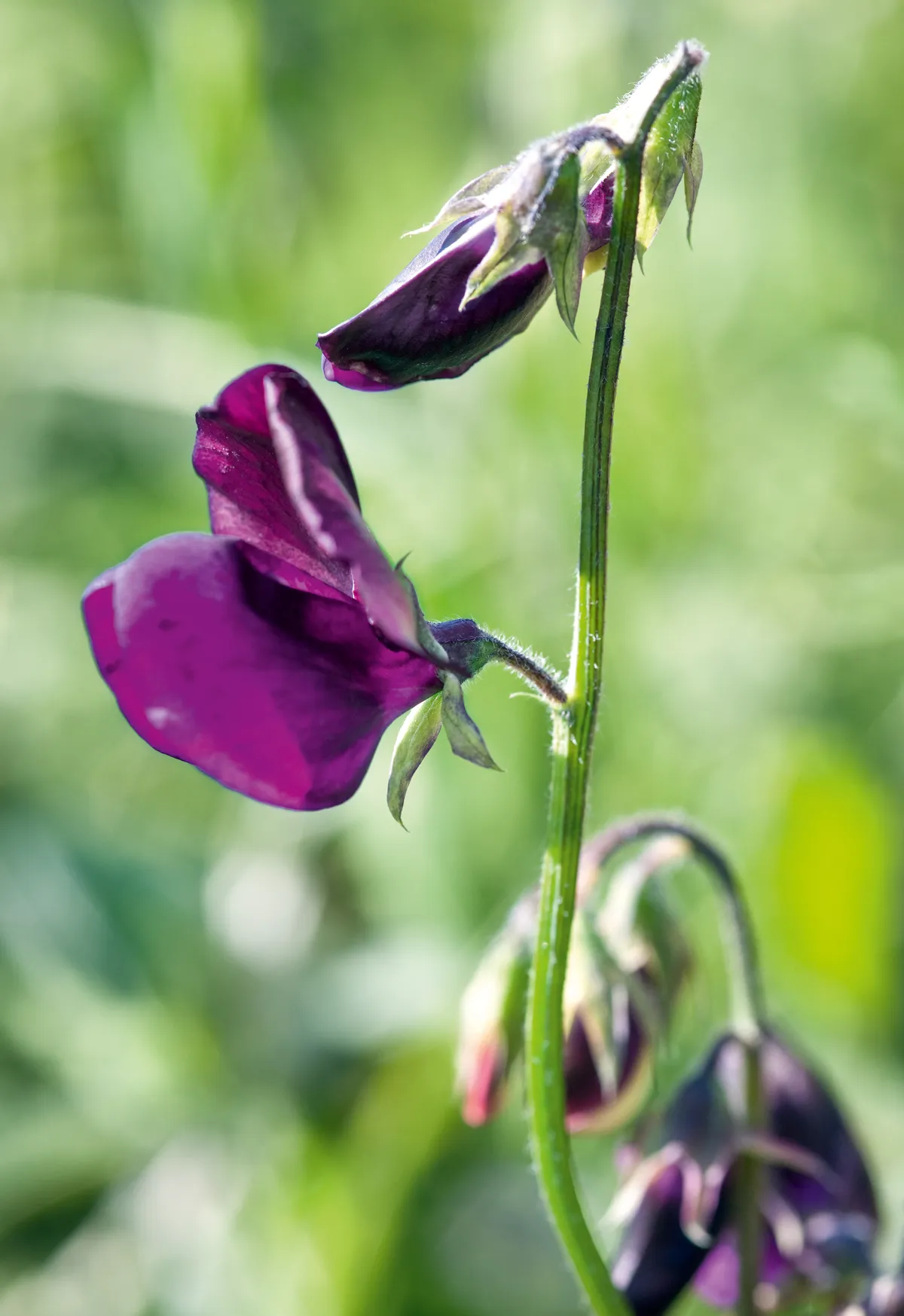
An old-fashioned sweet pea with delicate flowers in a dark-claret-colour and an unforgettable fragrance. The stems can be quite short so cut the flower stem and stalk when using as a cut flower. Grow in full sun up a trellis or wigwam. Best started off in root trainers and then planted out in soil with plenty of organic matter. Keep well watered and deadhead regularly. H2m.
Lathyrus odoratus ‘Dave’s’
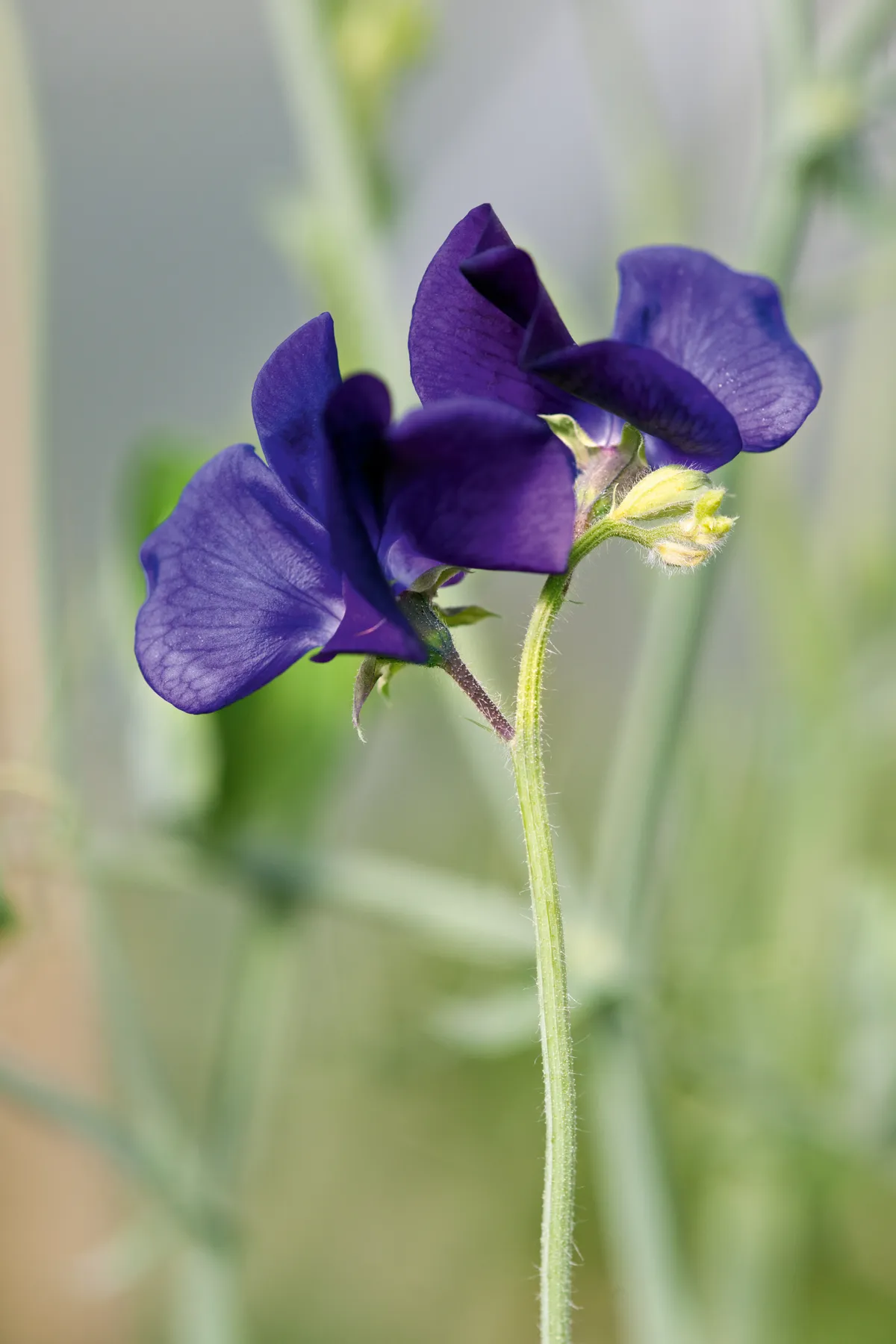
A late-flowering, dark-coloured sweet pea that was grown and bred by Philippa’s late father, David, who grew it on his allotment. She’s not sure if it’s unique or not, but it’s a poignant reminder of her gardening dad. Sow as for L. odoratus ‘Black Knight’. H2m.
Here's more on growing sweet peas
Lathyrus odoratus ‘Lilac Silk’
A large, multi-flowered sweet pea in a delicate shade of lavender fading to a creamy base, with frilly flowers that last well in water, and long stems that make them good for cutting. Sow as above. H2m.
Lavatera trimestris ‘Pink Beauty’
A hot-pink, trumpet-shaped, silky flower rather like another hardy annual, Malope trifida. Easy to grow and creates a large bushy plant. Although the flowers aren’t good for cutting, as their stems are short, it makes a bold statement in the border. H1m.
Linum grandiflorum ‘Rubrum’
The blood-red flowering flax has a satin sheen to the petals. It is one of the easiest, and showiest of all annuals to grow, but best planted in full sun and sandy soil, as they will tolerate some dryness. Grow en masse for best effect. H30cm.
Linum usitatissimum
This sky-blue, common flax is harvested commercially for linen and linseed oil, so it is an incredibly useful and historically significant plant. Easily grown and a gentle self-seeder, it looks like a piece of summer sky has fallen into your garden. H1.5m.
Nigella damascena
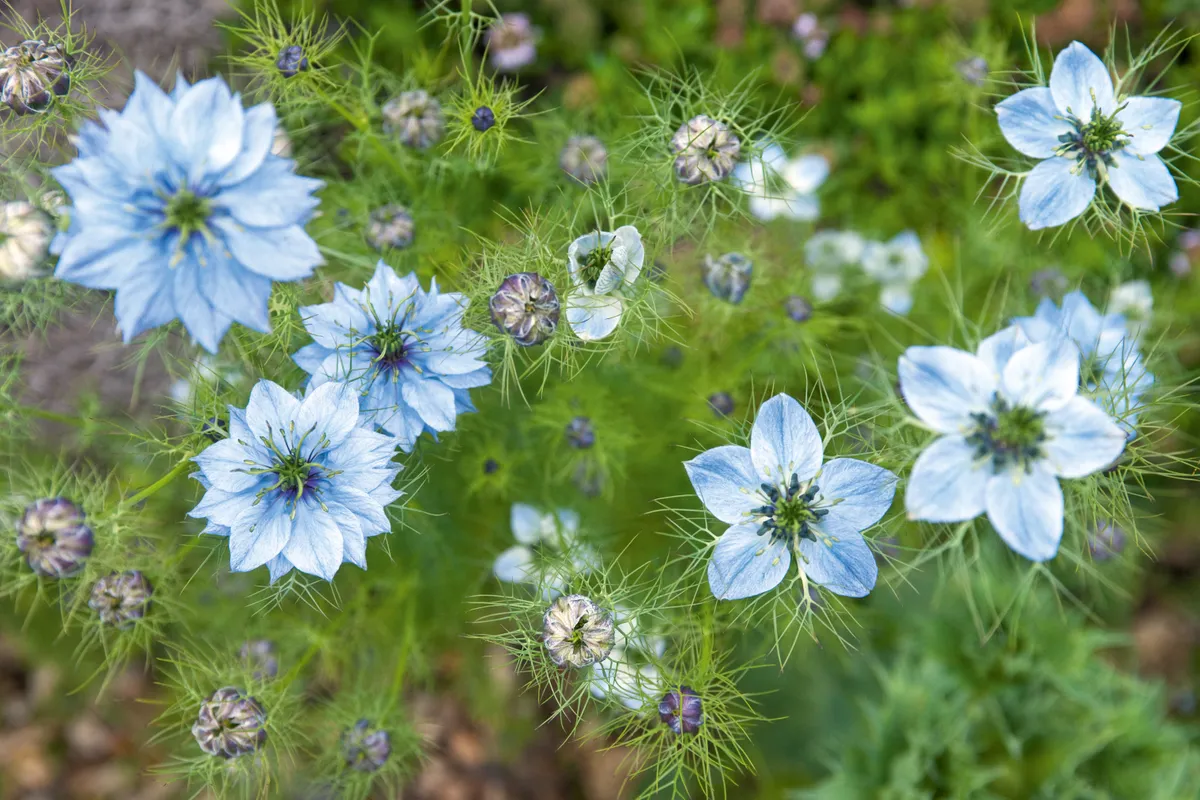
Better known as love-in-a-mist, this old-fashioned and easily grown plant also comes in white, purple and pink, although the traditional sky-blue version is arguably the most lovely. It self-seeds, and the dried seedheads make a striking winter display in a vase. H30cm.
Orlaya grandiflora

These umbellifers have become very fashionable in the past few years, for good reason. They’re easy to grow, don’t need staking and their white lacy flowers and ferny foliage look good in the border or a vase. Protect new growth from slugs. H60cm.
Pisum sativum ‘Carouby de Maussane’
A mangetout cultivar with dark-purple flowers that precede the sweet pods. Once the flowers are over the pods are delicious gently steamed or eaten raw in salads. H2m.
Reseda odorata ‘Grandiflora’

Mignonette has been grown for centuries in British gardens for its sweet scent and lovely flower shape. It has a long vase life, while keeping its fragrance, making it ideal for cutting. It’s best grown in dry soil and full sun. H45-H60cm.
Ridolfia segetum
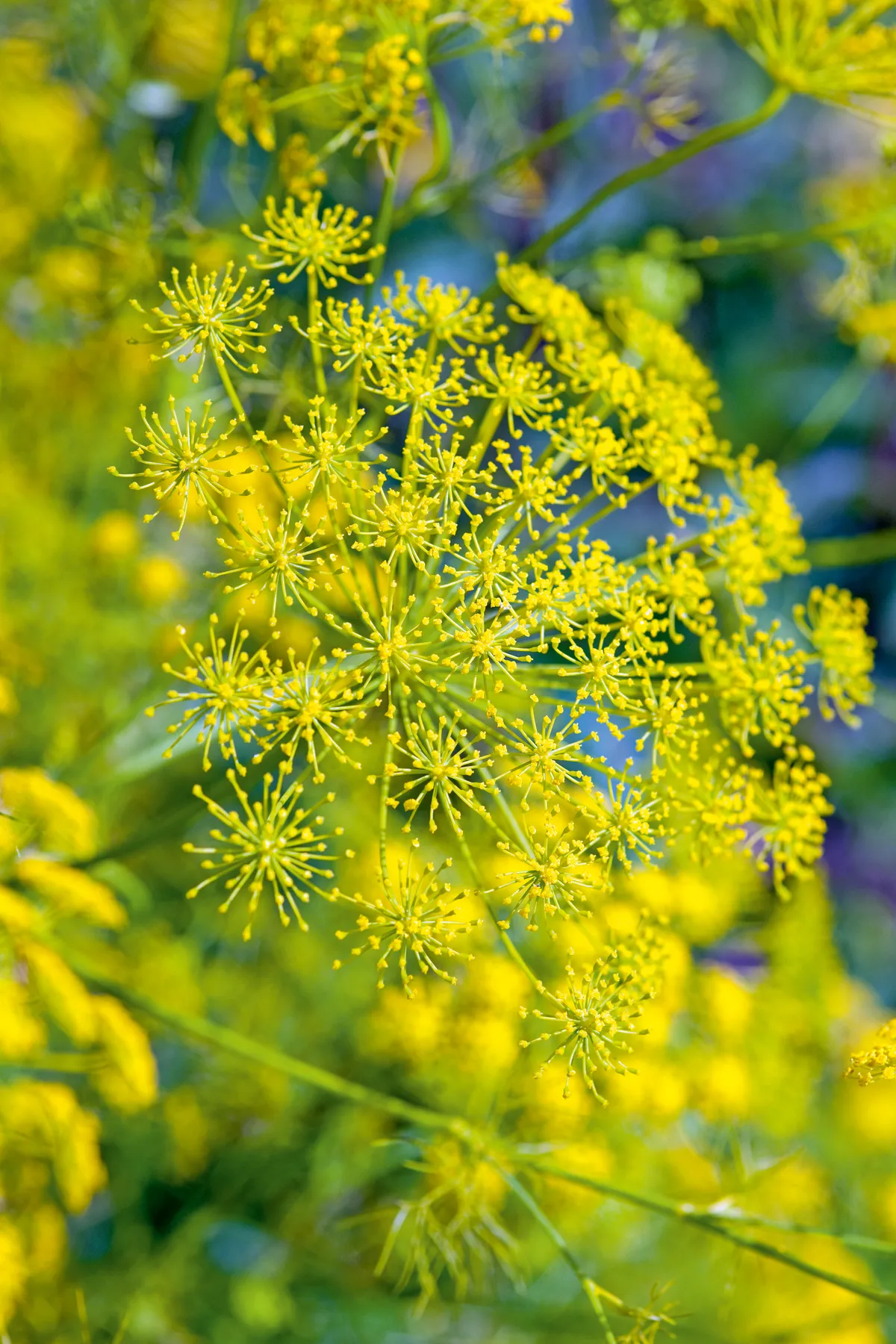
A plant that looks a lot like dill but is even bigger, with more acid-yellow flowers that remind you of an exploding firework. It’s a favourite among flower arrangers because of its height and long vase life, but it looks terrific in the border too. H1m.
The best half hardy annual plants to grow
Chosen by expert plantspeople
Rudbeckia hirta ‘Rustic Dwarf’
Philippa Hodkinson: This coneflower has flowers that look like a pumped-up daisy, but are in shades of bronze, yellow and mahogany. It makes a superb autumn cut flower alongside sunflowers and calendula. 60cm.
Ipomoea ‘Caprice’

Tom Brown: I trialled several morning glories last year and they were surprisingly variable in their performance, but this was one of the best blues. Strong growth covered my 2m-high obelisk in foliage and pale-blue flowers erupted all over this plant. It was quite a spectacle, especially alongside some of the less floriferous forms. Avoid over feeding or you’ll end up with lots of leaf and only a few flowers, but other than that, in a sunny position, ipomoeas will provide lots of colour and interest well into the summer and cover up some of those less attractive fences. H1.5-2.5m.
Zinnia elegans ‘Benary's Giant Wine'
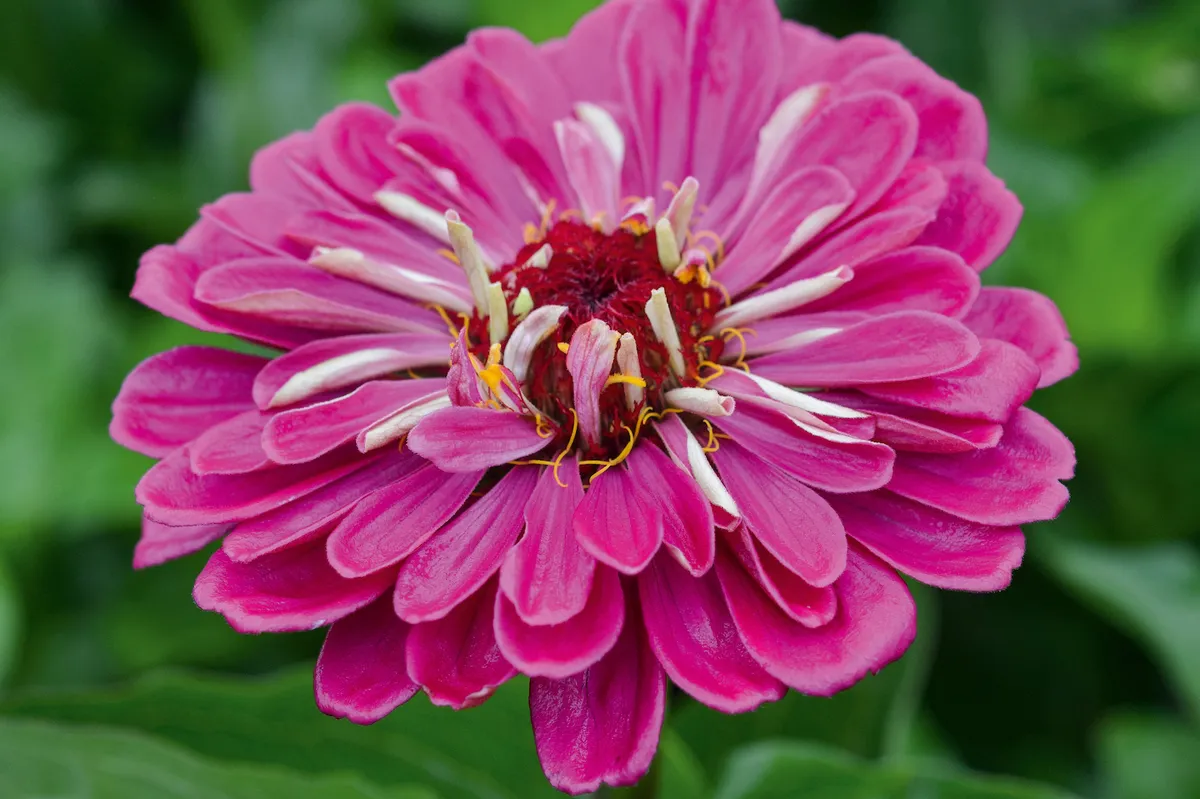
Tom Brown: I grew a number of taller-stemmed zinnias in 2017, and the ones that stood out head and shoulders above all the others were those from the wonderfully consistent Benary’s range. They are available in a variety of colours, with one to suit almost every taste. This one from the Benary’s Giant Series is a classy plant, with sultry mulberry-coloured flowers. It is perfect grown as a cut flower, but will also have a strong presence in your borders until the first frosts.H50cm-1m. Staggered sowing will produce flowers from July until first frosts.
Read our guide to growing zinnia
Tithonia rotundifolia 'Torch'

Tom Brown: Tall, vibrant and blisteringly bright- orange flowers appear on this Mexican sunflower as the summer warms up. Grow as an annual and plant in full sun in reasonable garden soil to achieve a strong two metres of growth. Tithonias will keep flowering until the frosts (don’t forget to collect the seed). This is a strong cultivar with consistent dark-orange flowers that are hard to beat in mixed and exotic plantings. They detest the cold so resist planting them out until June. H1-2m.
Cleome Señorita Rosalita (= ‘Inncleosr’)
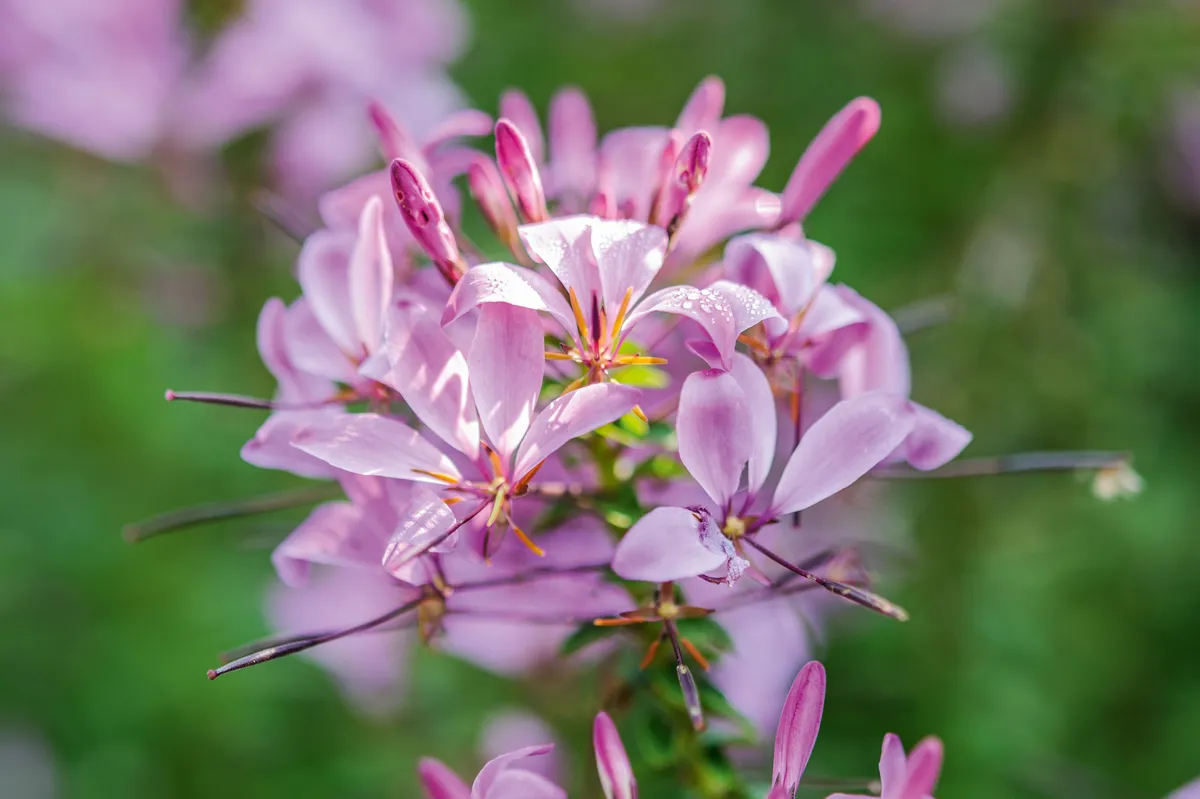
Mat Reese: A fabulous, dense hybrid with typical spidery, rose-pink flowers and exotic- looking, dark-green, palmate leaves. Usefully, the flowers are sterile, so the energy that would have been spent on seed production goes into making a continuous string of flowers; this one is thornless too. Cleomes do best in a warm, sunny position. Incorporate humus on planting and feed through the growing season as they are hungry plants. It is a lovely alternative to the cosmos, salvias and dahlias normally seen in late-summer bedding. H80cm.
Rudbeckia hirta ‘Prairie Sun’
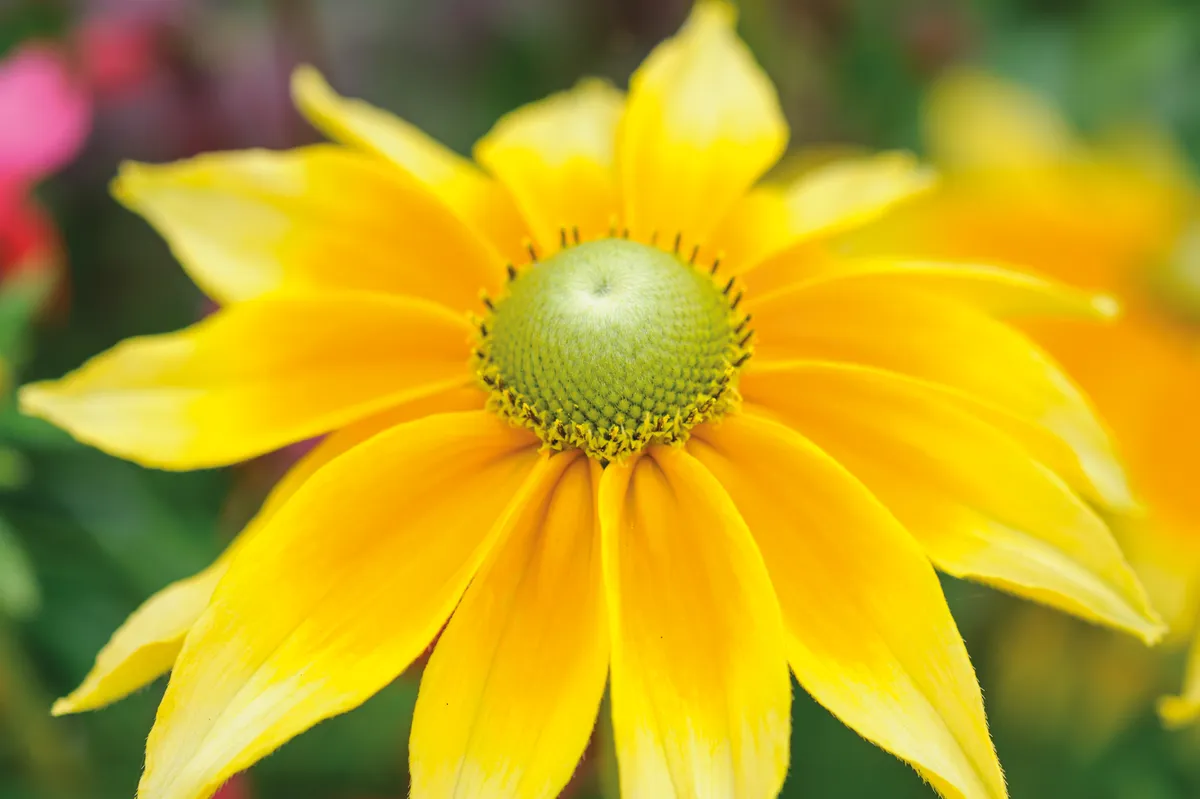
Mat Reese: This rudbeckia has huge, sumptuous, yellow flowers, each with a striking green central cone. It can be grown as either an annual or a biennial, and will bloom all summer, continuing to produce a succession of flowers well into autumn. If sown early in the year, it will flower from August, but I prefer to sow seed in July, over-winter the plants in a frame, and grow them on through the spring. I then have fat plants to put out in June, which will flower from July onwards. Grow alongside reds, perhaps Salvia coccinea, or white anemones, depending on your taste. H80cm.
Rudbeckia: how to grow and care for rudbeckia
Tagetes 'Cinnabar'

Fleur van Zonneveld, Kleine Plantage: It has everything we would could want in an annual plant – a beautiful, vivid colour, natural appearance, it’s easy to grow and to combine with perennials, has a long and abundant flowering period and works well in a pot. One of our trainees brought us the seed from Great Dixter, where it was known as ‘Dixter Strain’. In the Netherlands it is often sold under the incorrect name of T. patula Linnaeus.
H60cm.
Hibiscus trionum

Fleur van Zonneveld, Kleine Plantage: This pretty annual is sometimes known as flower-of-an-hour because its flowers bloom for only a few hours during the day before wilting. Even so it is a must for lovers of annuals, as every day, over a period of months, new large (5cm) flowers open, which are cream to soft-yellow coloured and have a dark heart containing a golden-yellow stamen and a dark-red pistil. It is a well-branched plant with deeply grooved leaves that combines well with perennials, but also looks good grown in a pot. The flowers are followed by hairy, bell-shaped seed capsules and are best left to self-seed. H1m.
Lophospermum erubescens Lofos Wine Red (= ‘Sun-Asaro’)
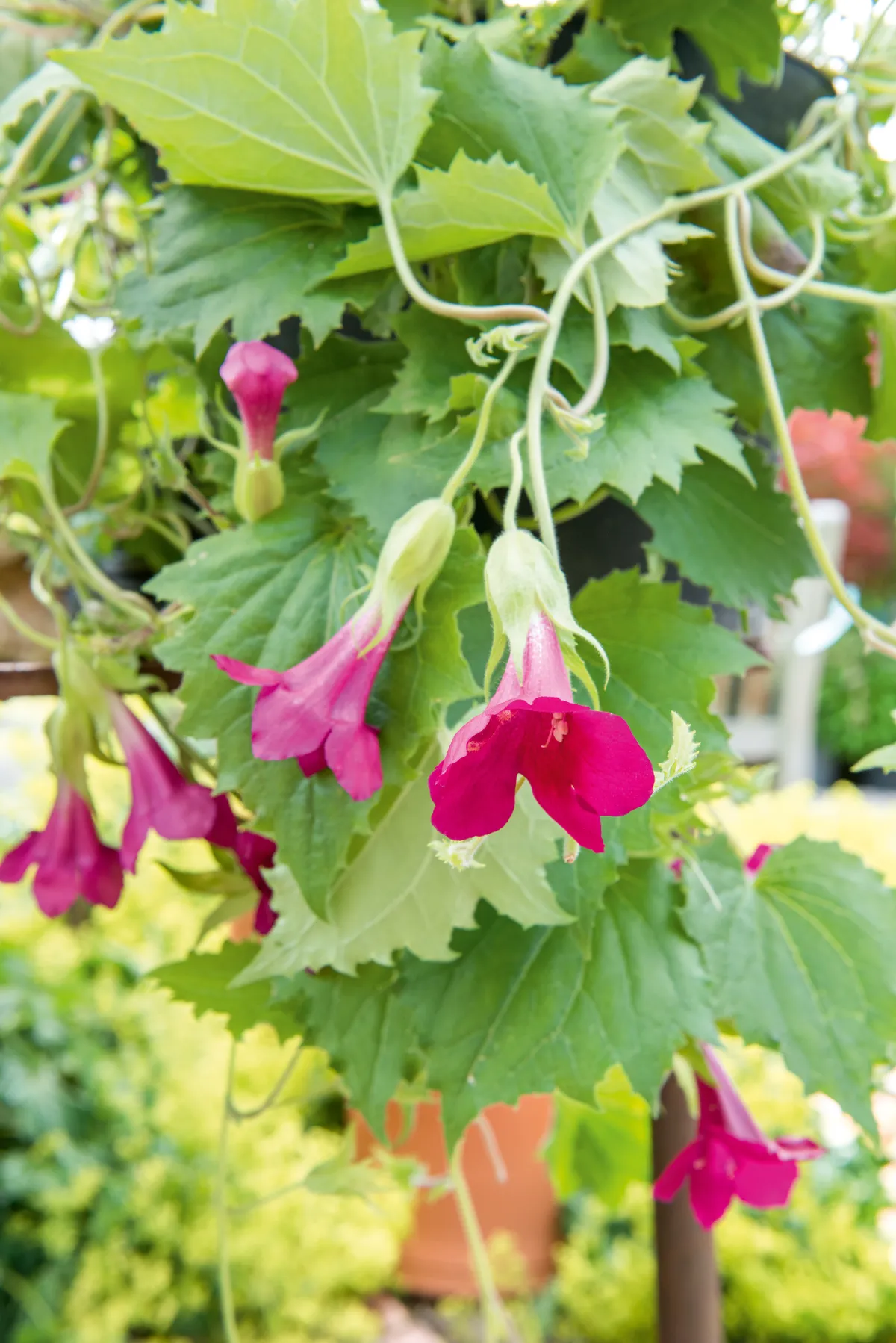
Fleur van Zonneveld, Kleine Plantage: A versatile plant that can work as a climber or for weaving through other plants in a border. Its triangular soft-green leaves have a quiet presence growing through other plants, and the large, trumpet-like, pink flowers appear on the tendrils in increasing numbers as the season progresses. If there are no frosts it will bloom until January. After flowering, it forms fresh-green seed capsules and can be overwintered in situ, provided it remains frost-free. H1.5m.
Rudbeckia hirta ‘Cappuccino’

Mat Reese: A fabulous selection that will make sturdy branching plants and will flower throughout the summer into autumn until colder days draw the show to a close. The huge daisy flowers are dark mahogany in the centre, bleeding to an amber yellow, and look absolutely divine in the soft autumnal sunshine, or cut for the house. Each flower will last for weeks and deadheading will help to keep the show clean and encourage more blooms. These are vigorous and greedy plants, it is important to feed the soil with good compost when planting and with fertiliser into autumn.
H1m.
Here's our favourite seed suppliers